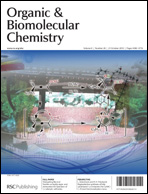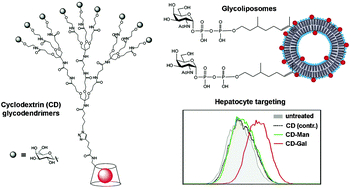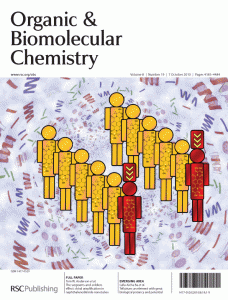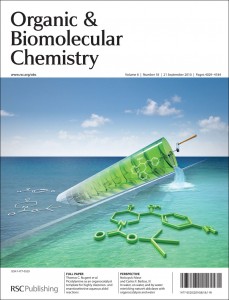Bound to succeed for gene therapy
by David Barden
An all-in-one solution to improve gene therapy in vivo has been devised by US scientists.
Correcting the genetic code of malfunctioning cells, known as gene therapy, has enormous potential to cure diseases. However, two key challenges are getting the new DNA into the cell and tracking it once inside. Now a group led by Mark Woods at Oregon Health and Sciences University in Portland has shown that these two problems can be solved in one stroke, with clear benefits for the development of new gene therapy treatments.
DNA has a high negative charge, meaning that it is repelled by biological membranes such as cell walls. One way of getting it into a cell is to mask the charge by bundling it with a positively charged polymer. Tracking this process in real-time is highly desirable, says Woods and is currently done by attaching a contrast agent to the polymer – but this can fundamentally modify its properties, he says. Instead Woods and colleagues optimised the polymer so that it already contains a contrast agent, which they say will provide ‘a valuable addition to the gene therapy tool kit.’

Woods realised that a polymeric europium complex that they had previously developed as a contrast enhancer in magnetic resonance imaging (MRI) might also be suitable as a transfer agent as it had a high positive charge. Testing their complex out on a stretch of DNA encoding the well-known green fluorescent protein showed that it aided migration into cells. In addition, the binding of the complex to the DNA changed the contrast signal produced, ‘potentially providing a means of imaging the delivery and release of a gene,’ says Woods.
However, he adds, improvements to the transfer efficiency and contrast enhancement are needed before such complexes can be considered as gene therapy agents. Altering the lipophilicity of the polymer, adding copolymers to the chain, or adjusting the charge on the complex should afford routes to more effective agents, he suggests.
Peter van Zijl, an expert in MRI methodologies at Johns Hopkins University in Baltimore, US, says ‘This work constitutes another important step forward in the design of compounds that can function both as MRI contrast agents and gene delivery agents,’ adding that ‘this proof of principle will greatly stimulate future efforts to develop transfection agents that can report on their efficacy through MRI.’
Read the article and comment on the blog
Polymeric PARACEST MRI contrast agents as potential reporters for gene therapy
Yunkou Wu, Christiane E. Carney, Michael Denton, Elaine Hart, Piyu Zhao, Daniel N. Streblow, A. Dean Sherry and Mark Woods, Org. Biomol. Chem., 2010
DOI: 10.1039/c0ob00087f
Original story in Highlights of Chemical Biology
















![C0OB00205D[1]](https://blogs.rsc.org/ob/files/2010/08/C0OB00205D1-300x76.gif)
![C0OB00214C[1]](https://blogs.rsc.org/ob/files/2010/08/C0OB00214C1.gif)
![C0OB00062K[1]](https://blogs.rsc.org/ob/files/2010/08/C0OB00062K1-300x117.gif)
